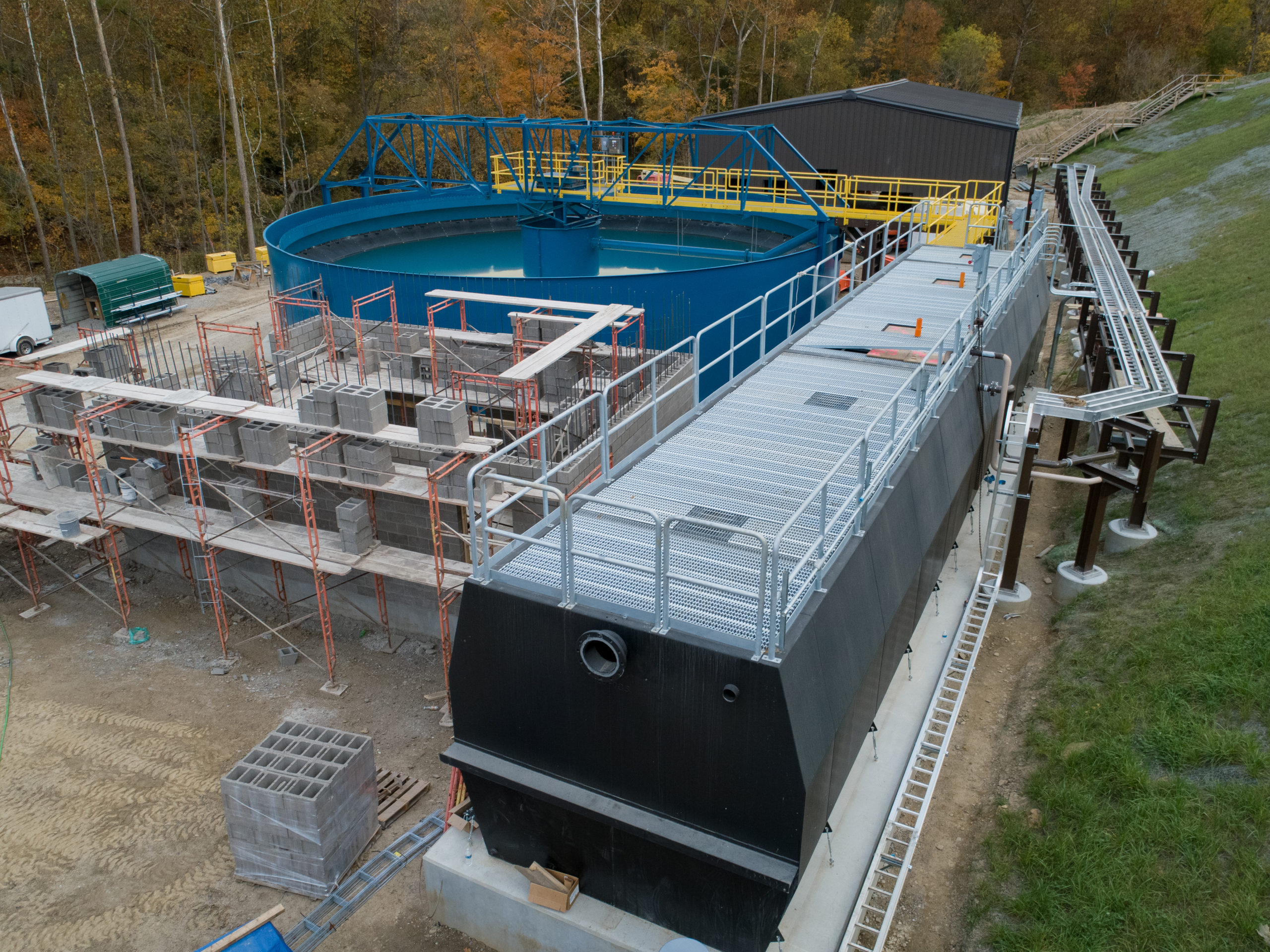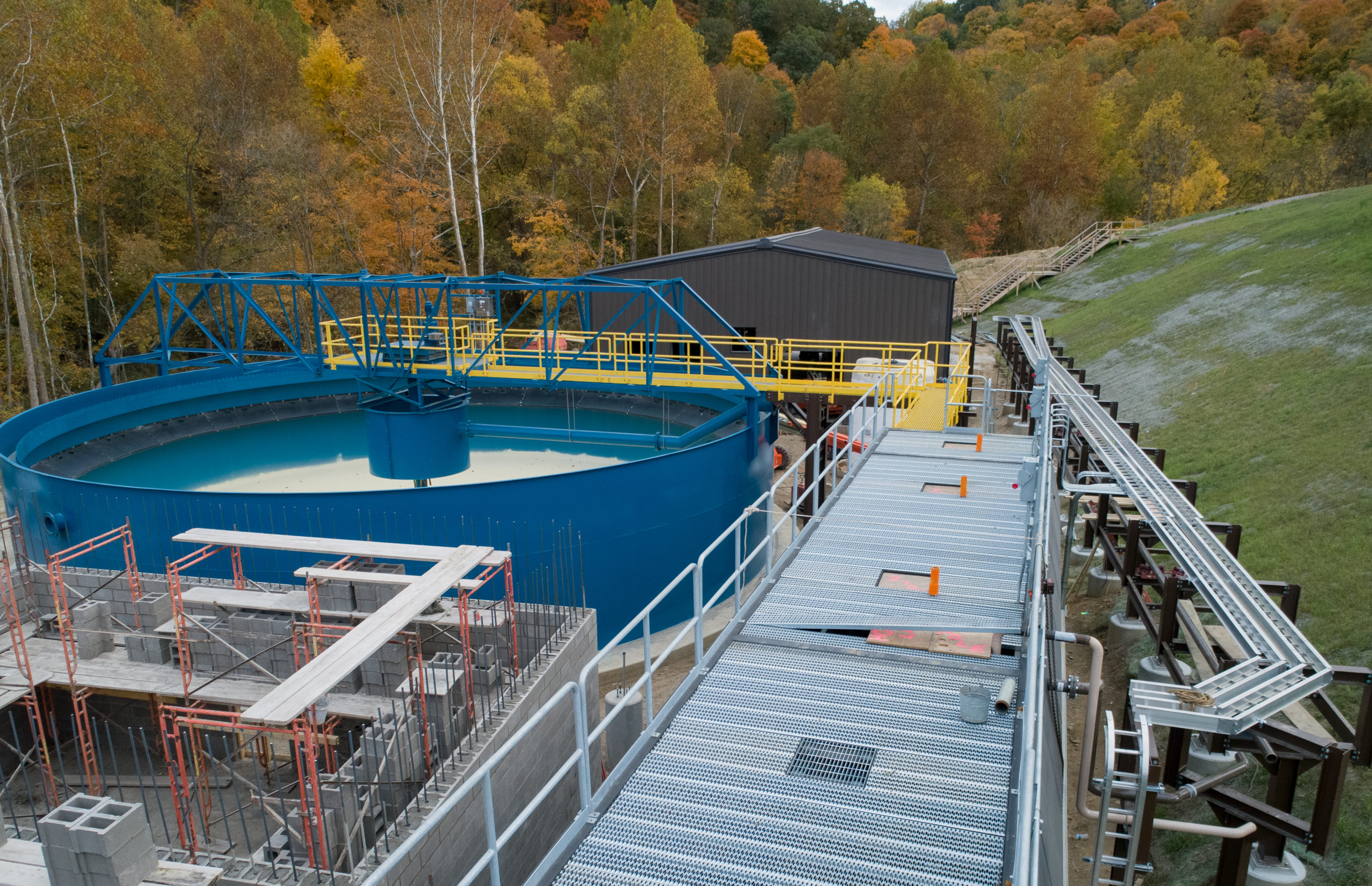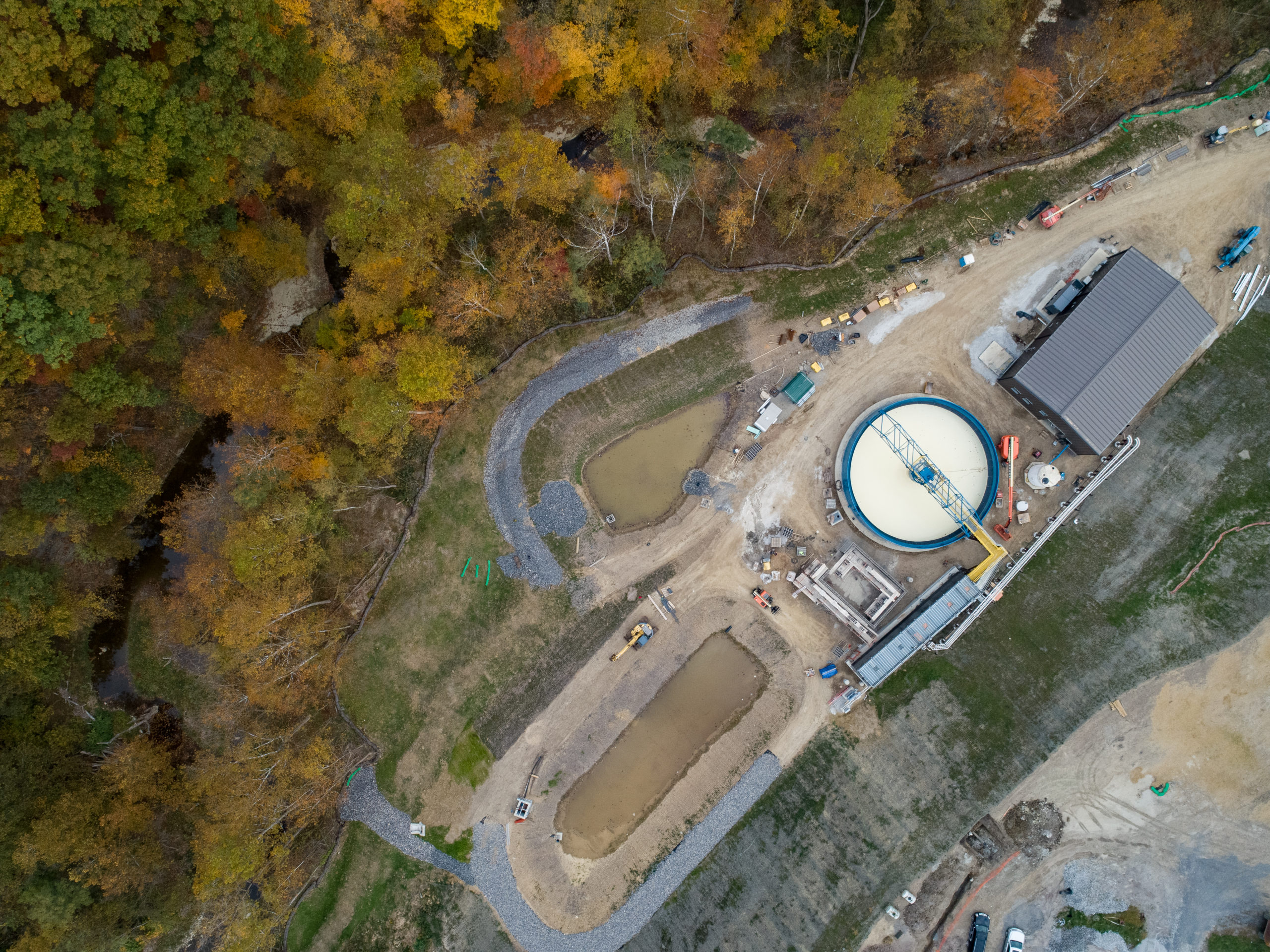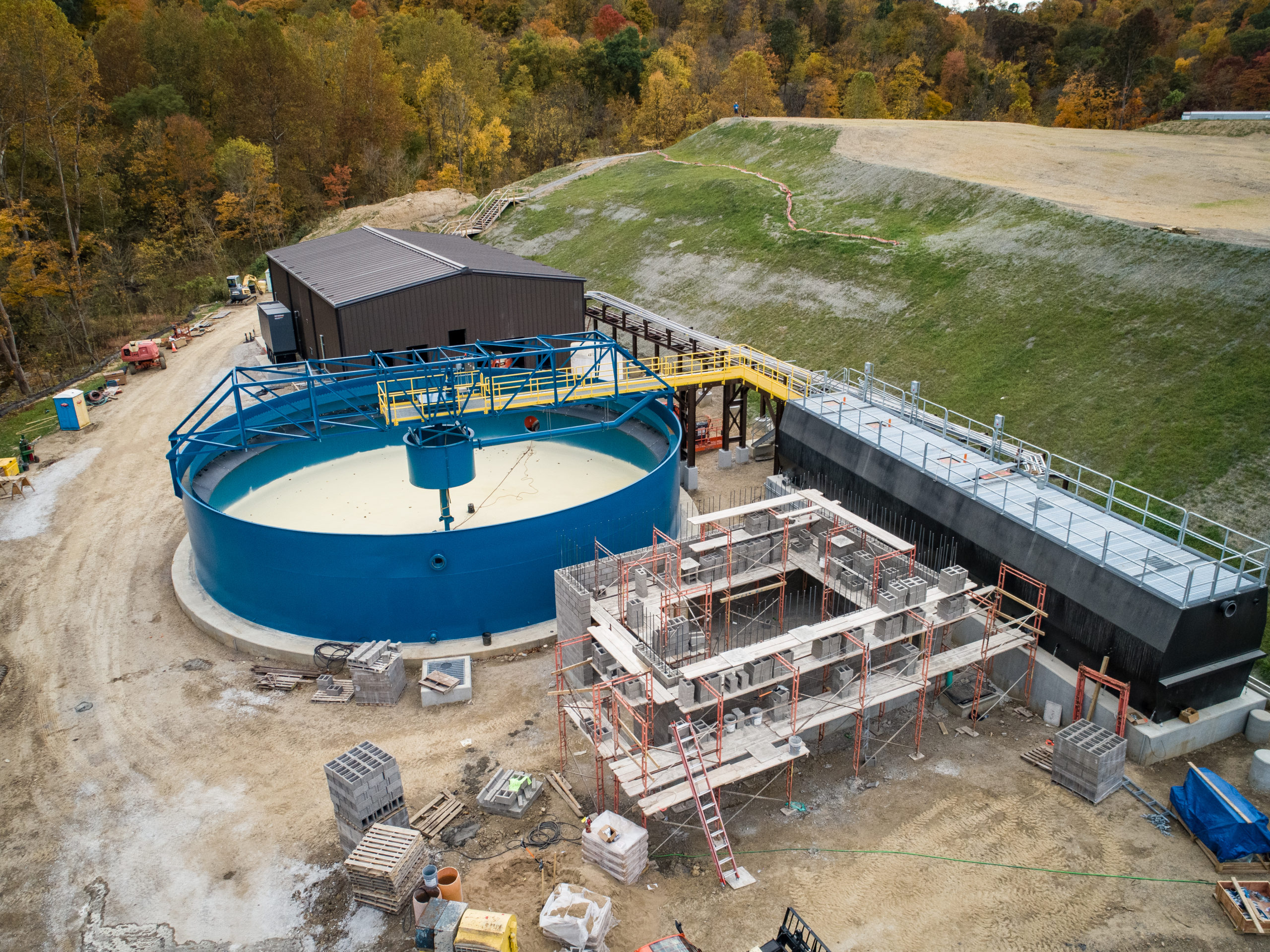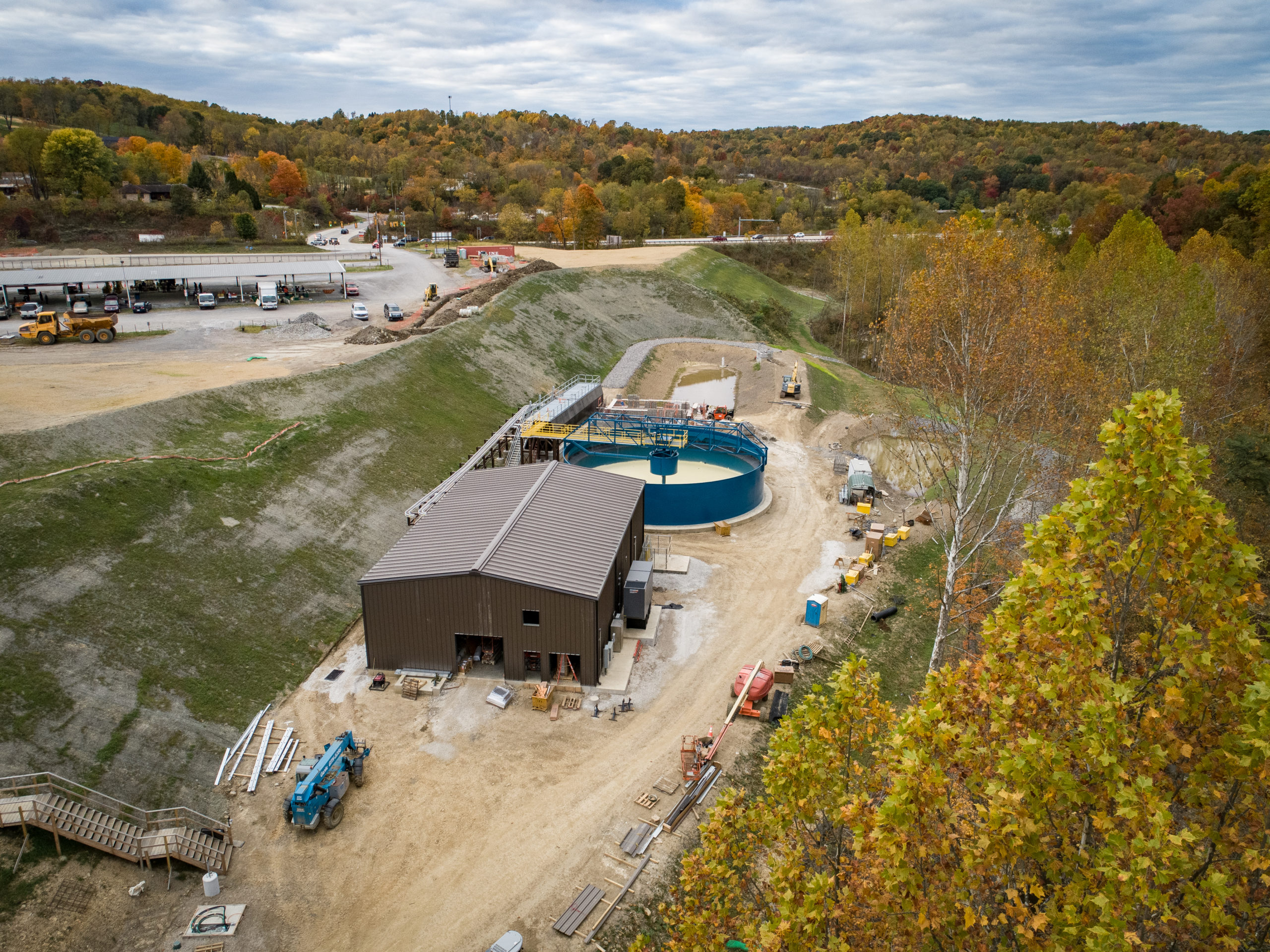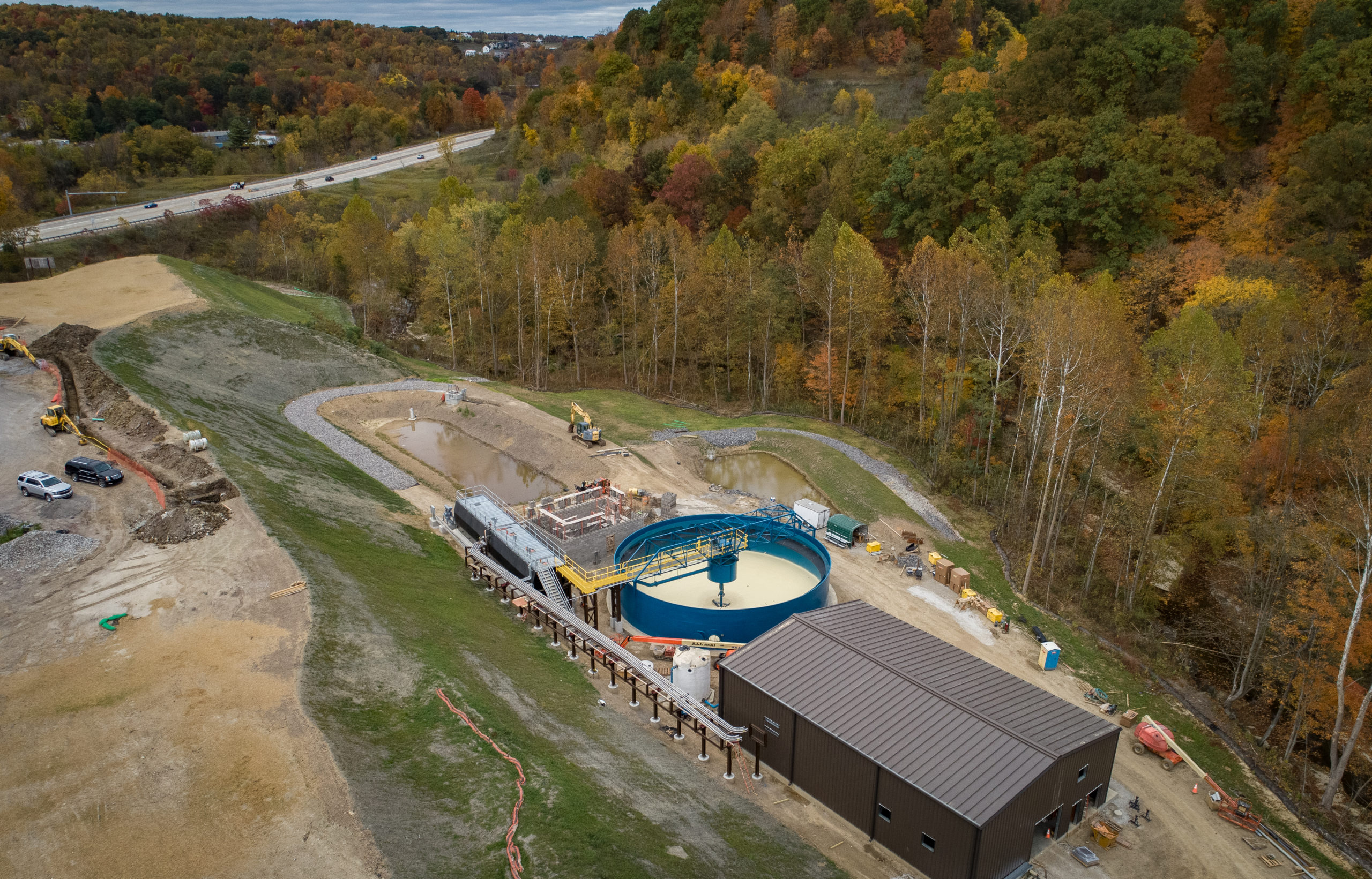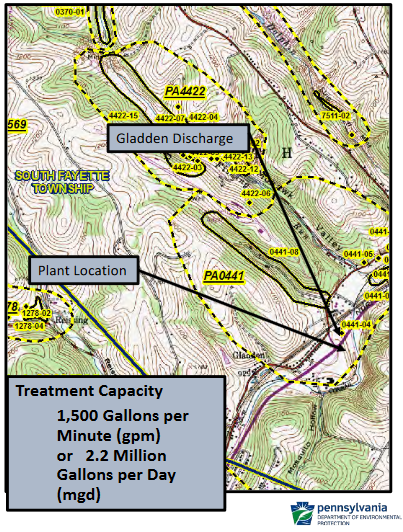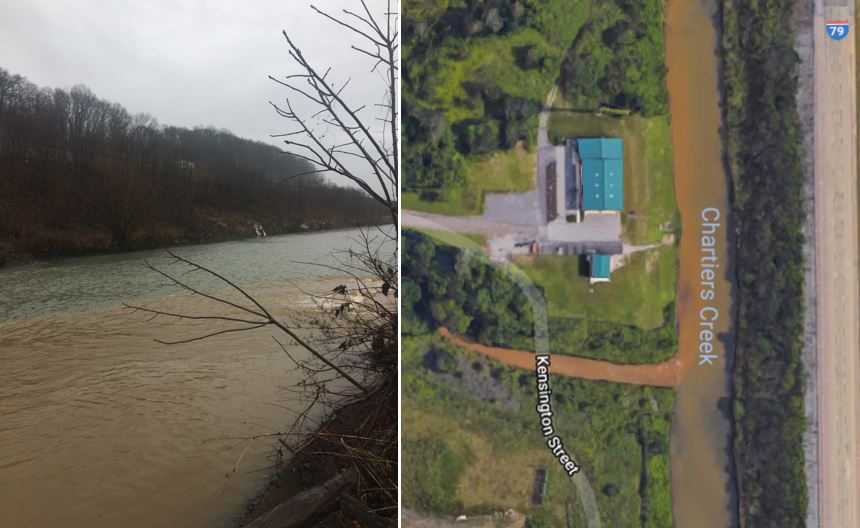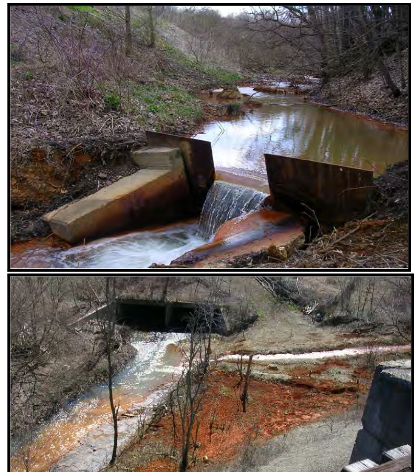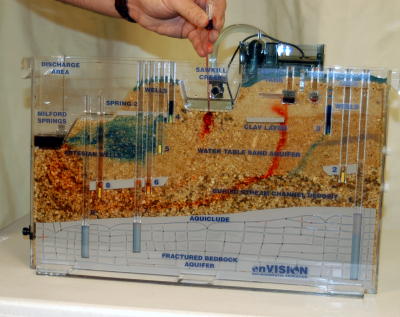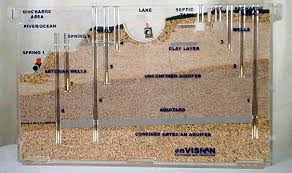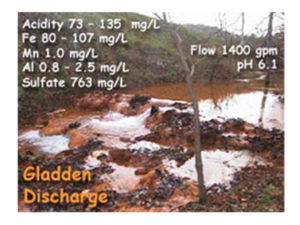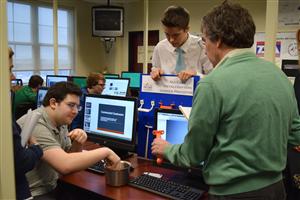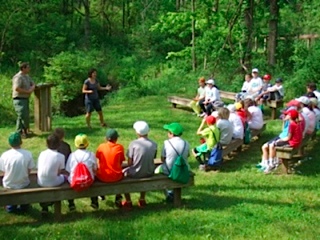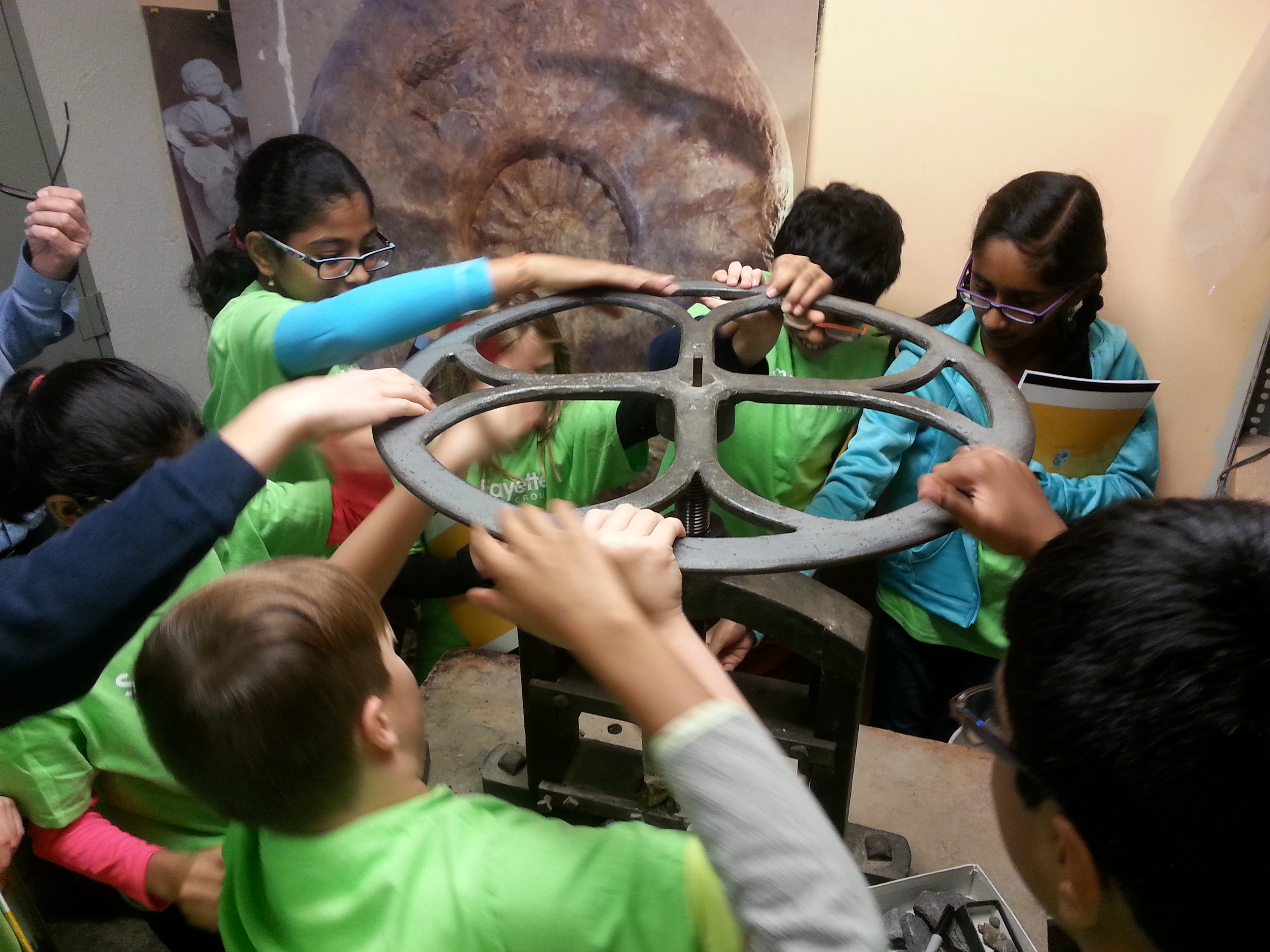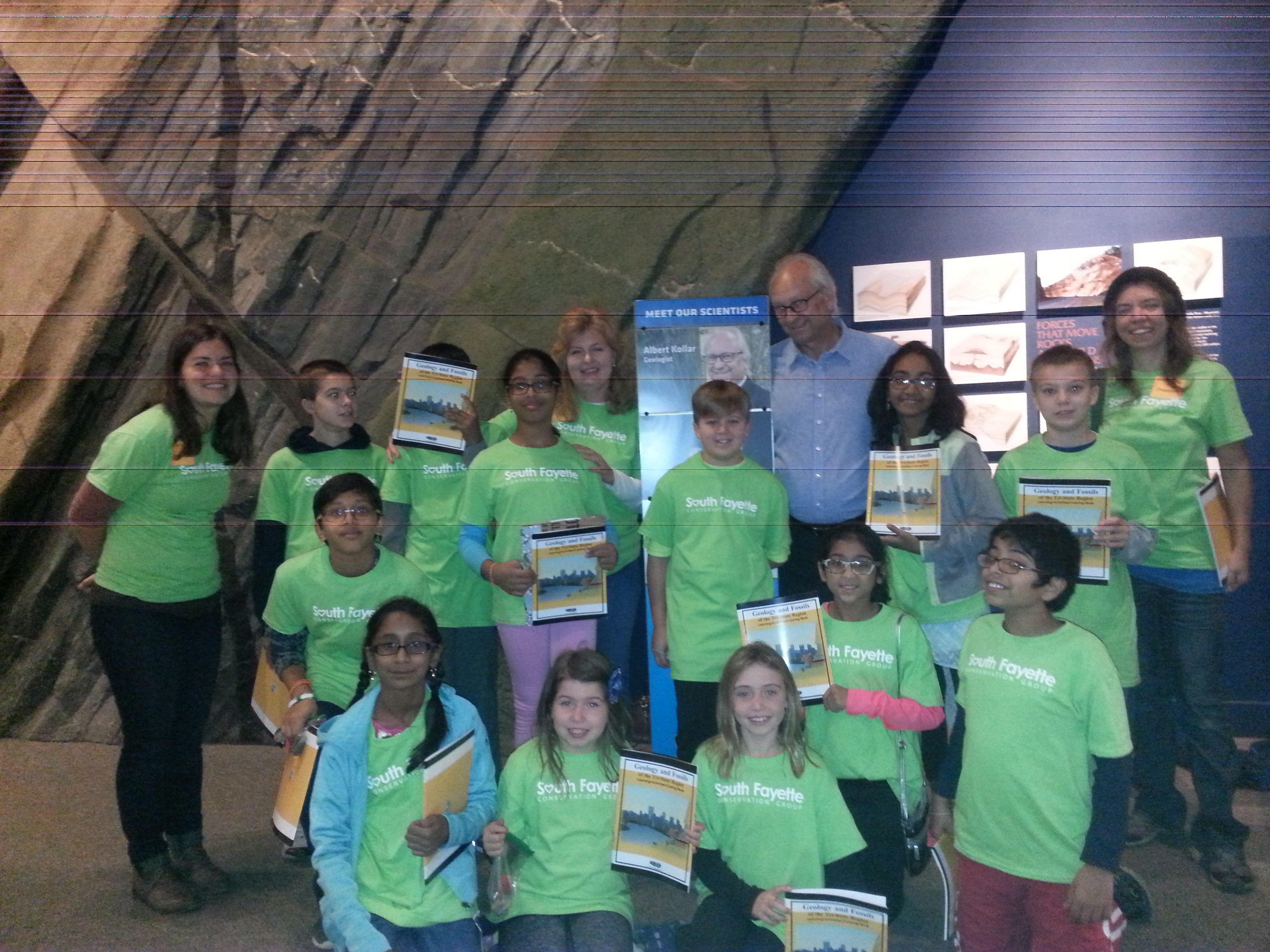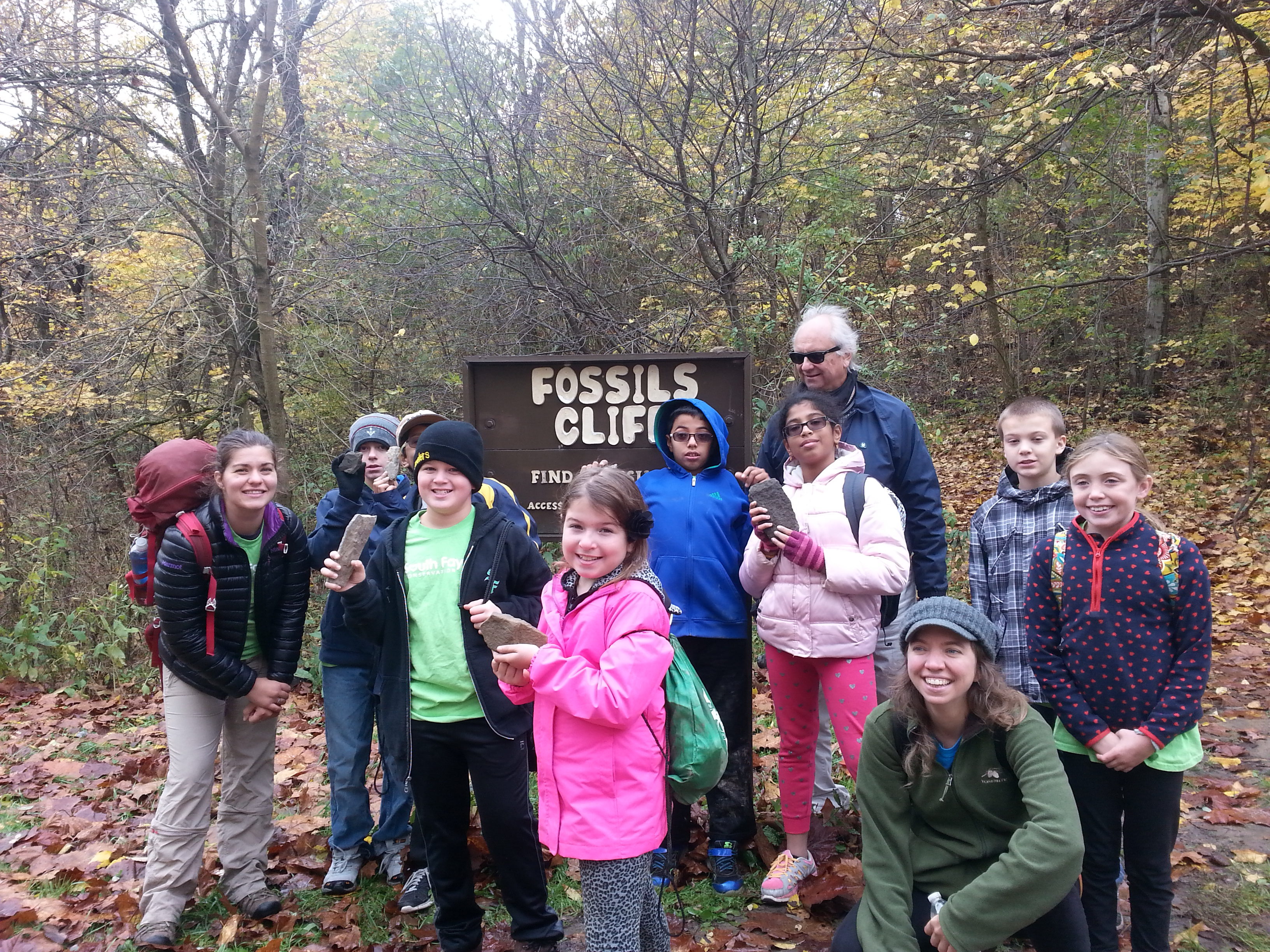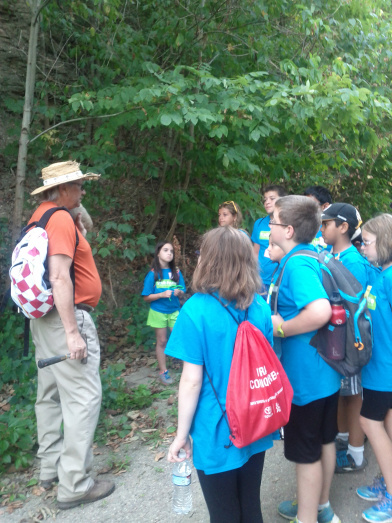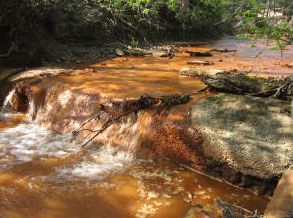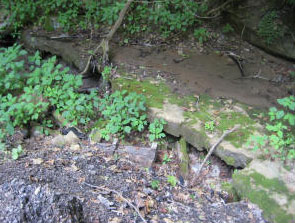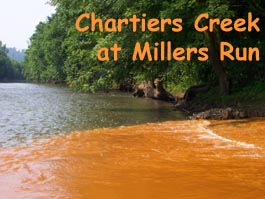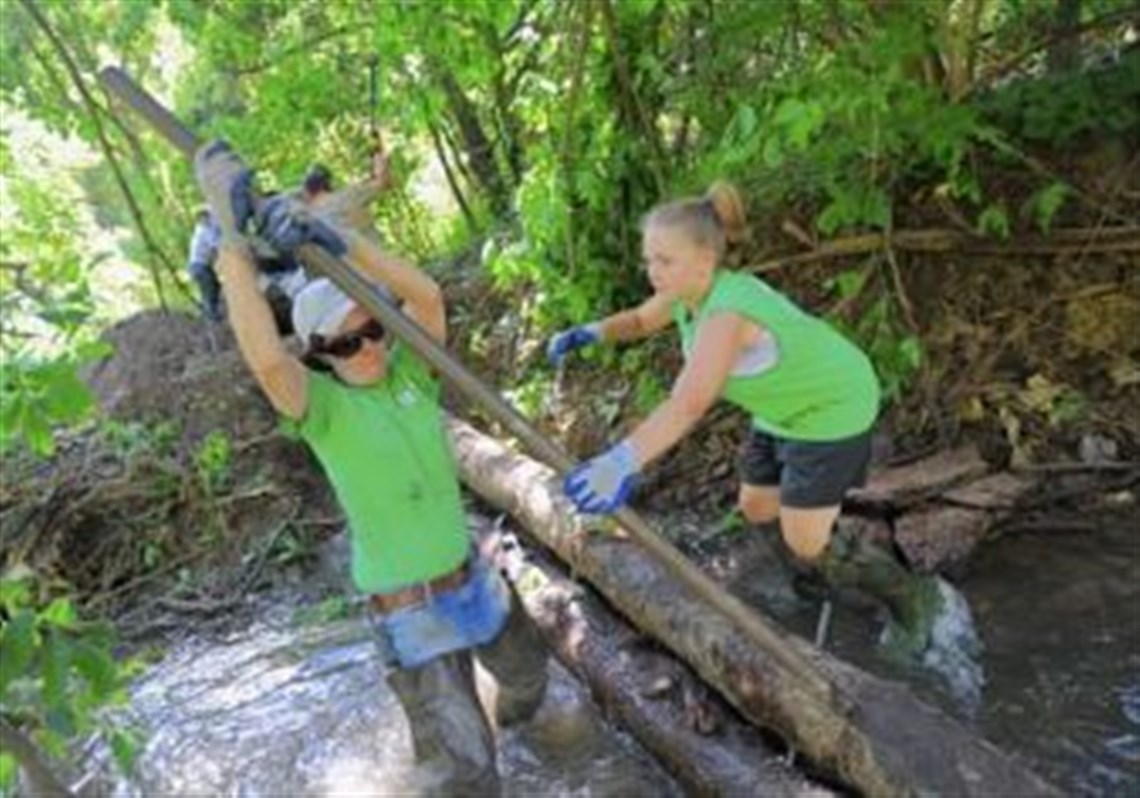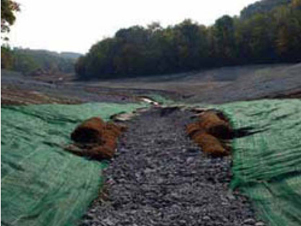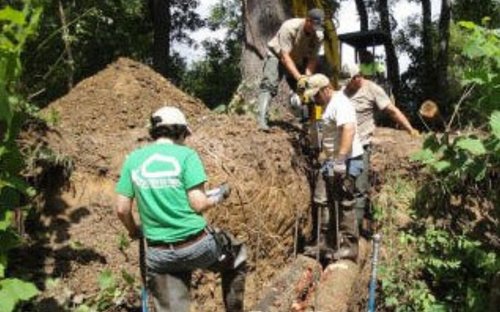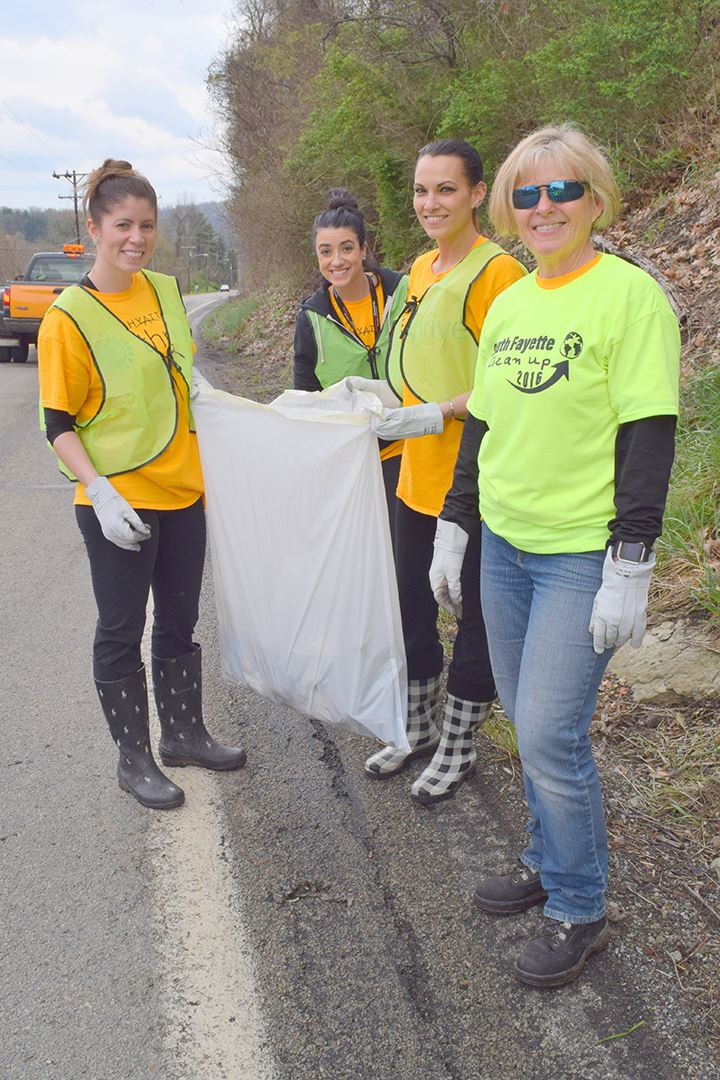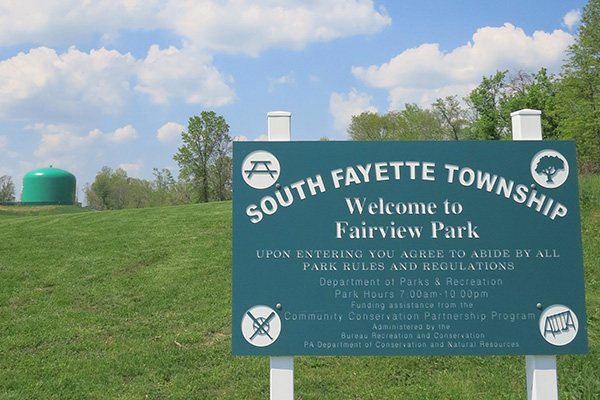Welcome!
The South Fayette Conservation Group works to ensure the conservation, protection and enhancement of our natural and recreational resources in South Fayette Township, a municipality located in Allegheny County, Pennsylvania.
Our Partnerships
We partner with local and state organizations, businesses and government to do special projects such as:
- abandoned mine drainage (AMD) reclamation
- outreach and education
- fish habitat restoration
- wetland and trail creation and maintenance
In addition, we create educational activities for local youth and adults to teach and promote conservation and to instill a respect for natural resources.
Since 1993

Our Projects
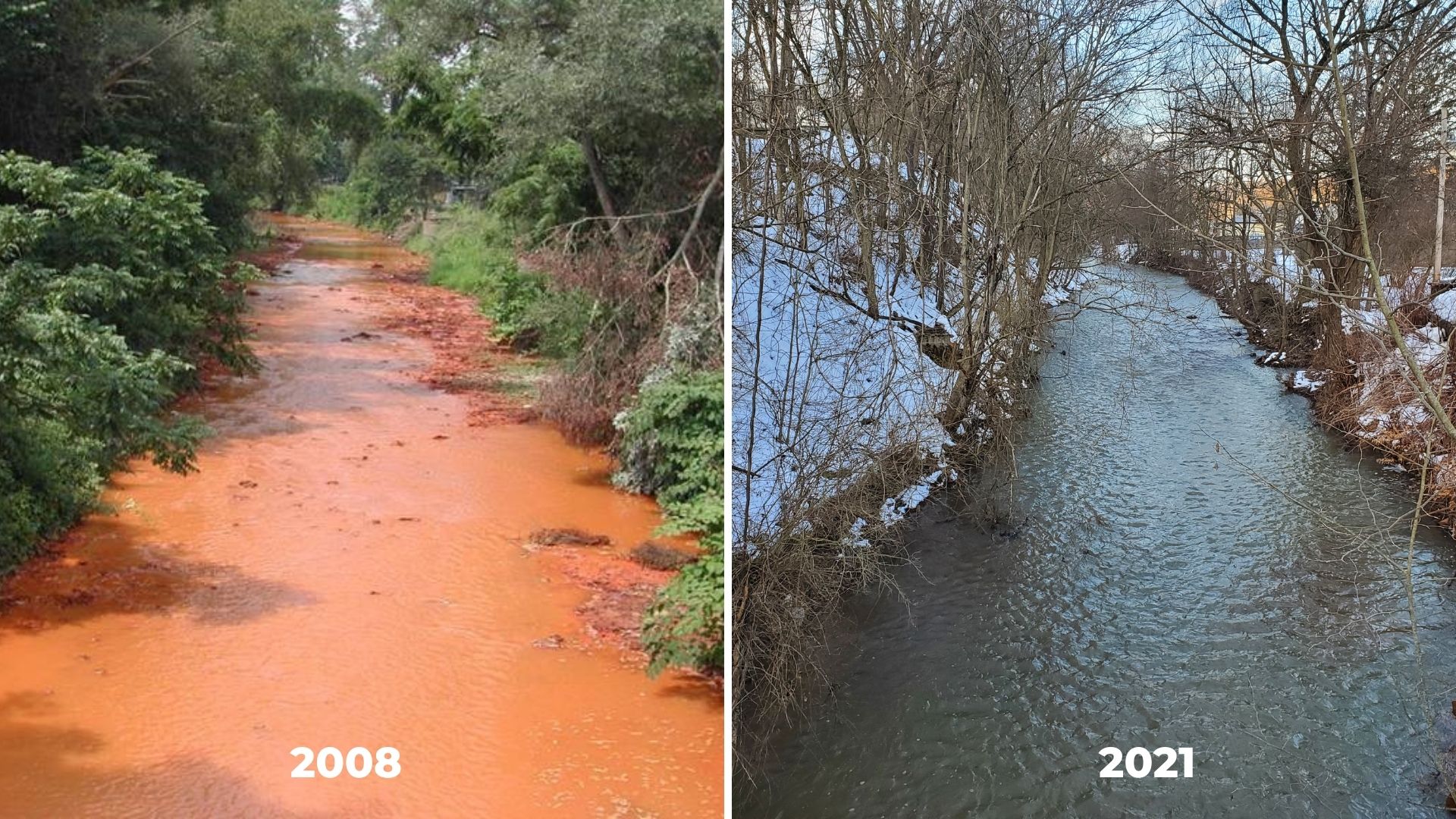
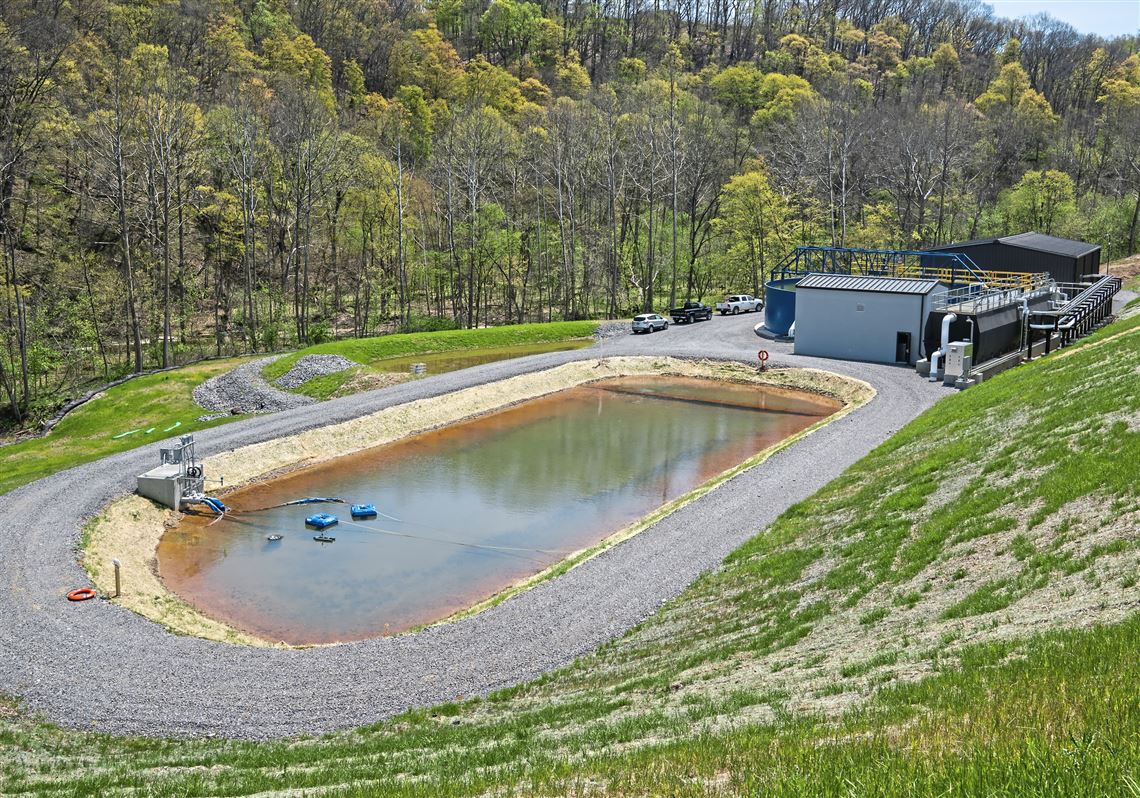
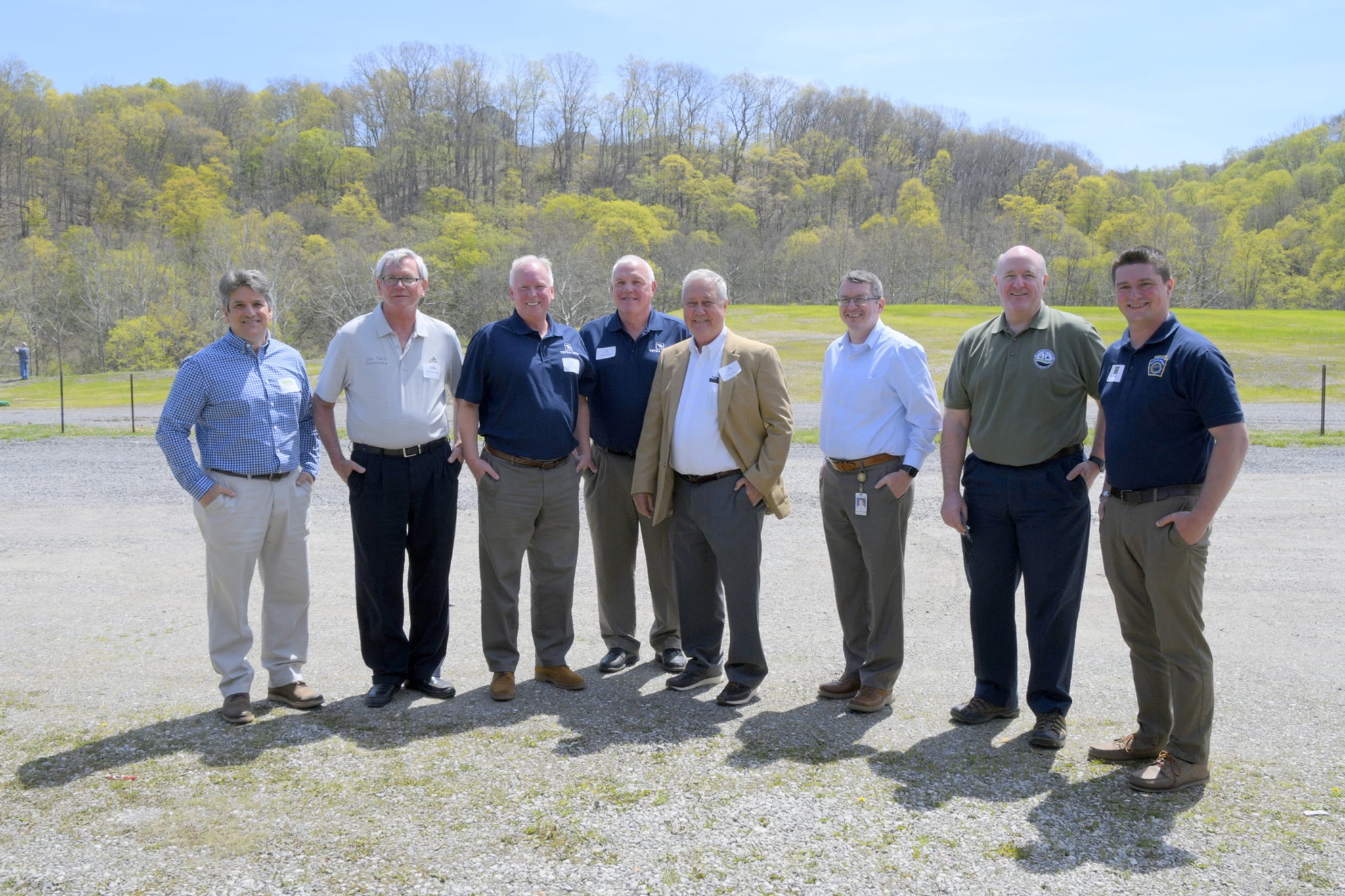
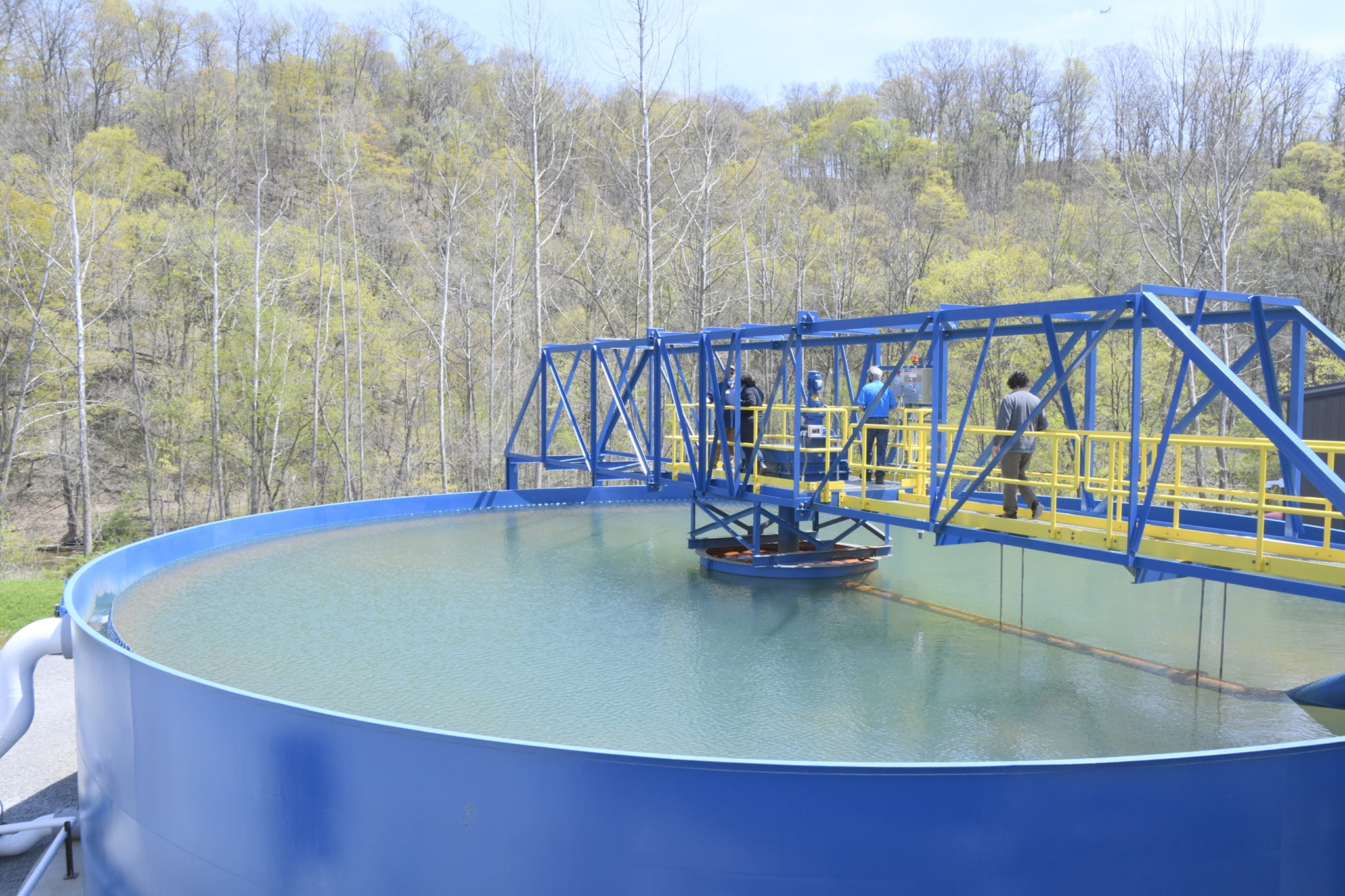
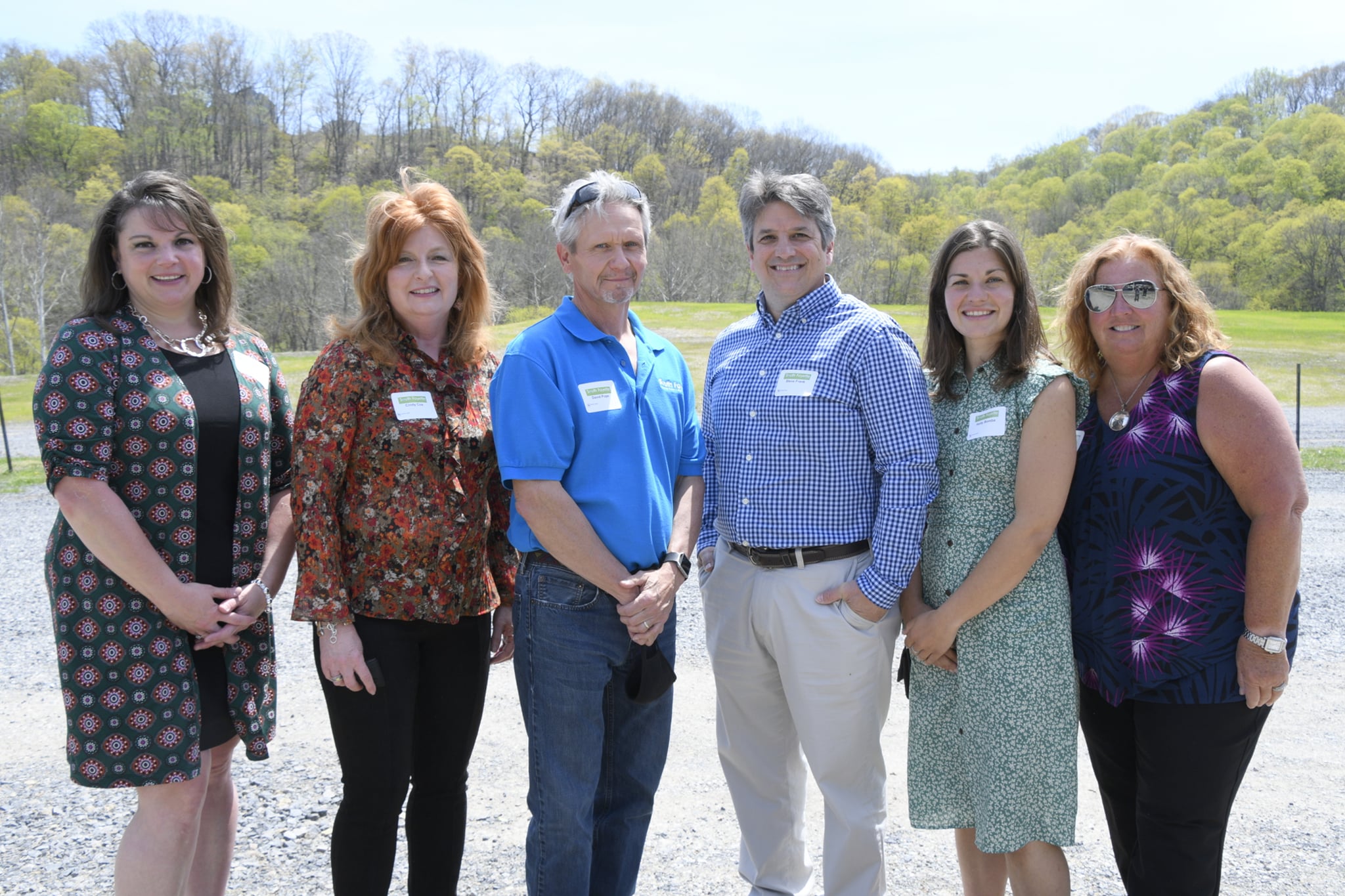
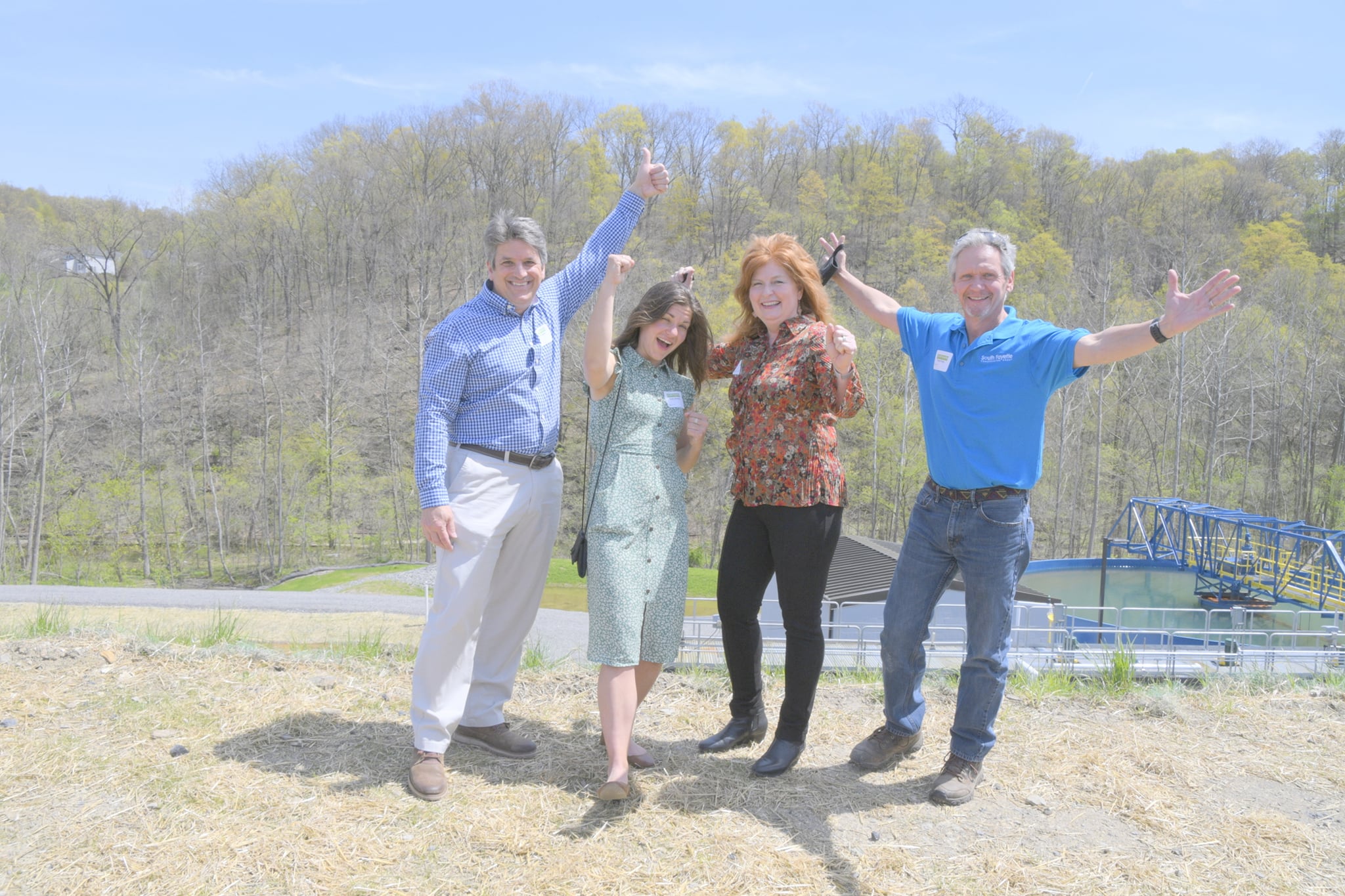
The Gladden Treatment Facility Opens with Ceremony
The South Fayette Conservation Group and project partners were pleased to present the Dedication Ceremony of Gladden Acid Mine Drainage Treatment Plant in South Fayette yesterday, April 27, 2021.
See the DEP Press Release here: https://bit.ly/3nqbPQp
Read the Post Gazette Article
View the Featured Story about the plant in South Fayette Connect Magazine
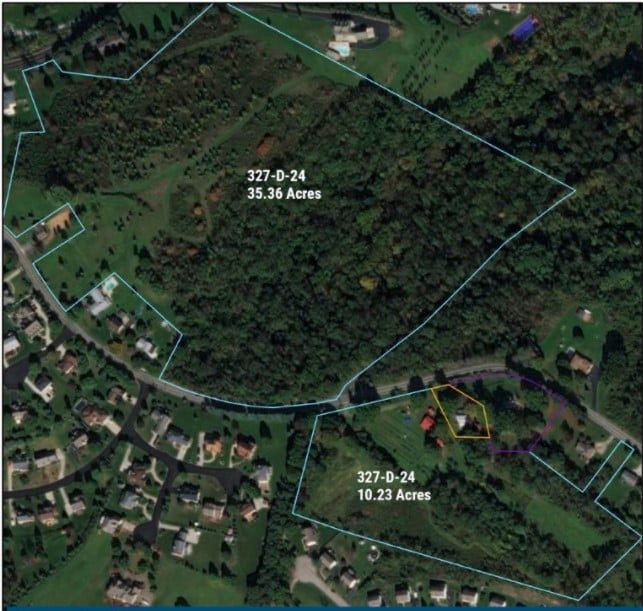
Harry Meyer Farm Property Recreation Site Acquisition Project with Allegheny Land Trust
The South Fayette Conservation Group was recently approached to partner on an exciting opportunity to support the efforts of Allegheny Land Trust (ALT) to transform Harry Meyer’s Farm on Oak Ridge Road into a community conservation area and educational demonstration farm (see parcel map to the right).
Harry was a founding Board Member of the SFCG and it was his dream to see the farm permanently protected as a working reminder of the area’s agricultural heritage, and as a place for hands-on nature education for people of all ages.
We are pleased to report that the funds have now been raised to create a collaborative master plan to ensure that Harry’s dream is fulfilled in a way that will provide maximum benefit to the community.
The new Meyer Farm Conservation Area will total 45 acres on both sides of Oak Ridge Road. The master plan will guide its restoration and transition into a community asset for environmental, vocational, and historical education, and provide a place for recreation opportunities like walking, bird watching, and
picking fresh food.
Given the character-threatening development our area has experienced in recent years, we at SFCG feel it is important to
conserve land like Meyer Farm to serve as a link to our rich agricultural and ecological history.
We are excited to see this property added to the nearly 3,000 acres of green space in 31 different municipalities which have been protected by ALT.
Gladden Discharge Active Treatment Project nearing completion
Progress on the $13 million Gladden Discharge Active Treatment project to clean up and restore Millers Run is nearing completion.
The treatment project is tentatively set to begin operation in the winter of 2021, on schedule.
The photo roll on the right shows progress shots of the construction as it nears its final stages. Below is a drone flyover video showing the layout of the plant.
Over 60 cities on six continents are asking residents of and visitors to explore nature all around them and document the species they find. Results will be announced by iNaturalist on Monday, May 7, so be sure to upload your observations before then!
Progress Continues on Gladden Discharge Active Treatment Project, Article in ISSUU Magazine
Read the full article in ISSUU Magazine: Spring 2020
For decades, South Fayette streams have been tinted orange, the result of iron pollution from abandoned coal mines. Soon, the orange water will turn blue, thanks to a major environmental cleanup project starting this year.
The nonprofit South Fayette Conservation Group has received a $13 million grant to clean up and restore Millers Run, which flows into Chartiers Creek and, eventually, the Ohio River.
The project includes constructing a treatment plant near
The Original Farmers Market along Route 50 in the Gladden neighborhood of South Fayette, as well as restoring three local stream segments. Preliminary land preparation already has begun.
“This funding is an important, rare opportunity to bring this costly but crucial project to fruition,” said Steve Frank, president of the conservation group.
The pollution is the direct result of discharge from an abandoned underground coal mine in the township's Gladden area.
For many decades, the deep mine has released iron—which causes the rusty tint—into Millers Run, causing environmental problems for South Fayette and downstream neighbors. Up to 2 million gallons a day of discharge pollutes four miles of Millers Run.
The Gladden mine drainage accounts for 40 percent of the total iron released into Chartiers Creek, making it the most
significant source of iron pollution in the 139-square-mile Chartiers Creek Lower Watershed.
The treatment project will actively treat up to 2.2 million gallons daily, removing 690 pounds a day of iron pollution.
The goal is to complete plant construction by the end of the year and begin operating by early 2021. “Within a month or two, the water will be visibly better looking,” Mr. Frank said.
See the press release from South Fayette Connect here.
The Envision Groundwater Flow Bedrock Simulator model beautifully demonstrates the dynamics of groundwater in a world of human activity, and serves as a key tool in providing participants with an in-depth understanding of how water moves in a system, how groundwater may interact with the sites of various human activities such as past and present resource extraction, waste storage activities, and the geologic formations in which these resources are found.
Our Board has partnered with the South Fayette School District to produce a video featuring the groundwater simulator and our Group's activities for a high school senior project. This model will also be used during our group's ongoing extracurricular and educational programs as well as during community days and events.
We like the model because it illustrates how pollution in seemingly contained places underground can migrate, and that various geological features are factors in this potential migration. The simulator shows the difference between point and non-point source pollution, as well as demonstrates impacts resulting from the failure of various features employed by people to extract or store resources and wastes underground.
Progress on the Gladden Discharge: Article in the Pittsburgh Post Gazette
South Fayette School District/South Fayette Conservation Group Wetland Partnership
Jr Conservation & Wetlands Program, partnership between SFCG and SFSD
In 2003, the SFCG participated in the South Fayette Elementary School’s new summer program, “Little Lions’ Academy.” Educators were invited to offer weeklong half-day instruction on various subjects, and the SFCG focused on developing a “Wetland Science” program utilizing an area at the school district that was a jurisdictional wetland.
Seeing the success of this program, the SFCG approached the South Fayette School District (SFSD) to partner in expanding our education for the student population about the environmental issues of our area and what can be done to help ensure conservation efforts continue within our community for generations to come.
We co-developed programming that reflected our projects and our mission, integrated them with the state standards taught in the classroom, and enriches the classroom experience with onsite field investigation, as well as provides STEM education opportunities.
Each year, our group brings our Environscape watershed model to the SF 4th grade to demonstrate the workings of a watershed. We have also followed up with a field trip to the SFSD wetlands where professional environmental educators proctored a unique educational experience which included macroinvertebrate investigations and water quality testing.
The SFCG has also partnered with the South Fayette Library to provide in-depth summer science and weekend workshop programs to area students.
In our popular Jr. Conservation program, participants engage in multi-sensory activities to help us to understand our local geology and the phenomena that influence our watersheds and the dynamics of our environment. We also provide field trip experiences as part of the program, intended to introduce students to real environmental professionals and to show us real life examples of the work that environmentalists, engineers and natural scientists do.
Jr Conservation students visit Fossils Cliff, one of Pennsylvania’s premiere fossil hunting sites to carefully extract and identify fossils in fossil-bearing strata exactly as paleontologists do every day. We take trips to the lab of geologist Albert Kollar at the Carnegie Museum and had a private behind-the-scenes tour of the fully-equipped paleontological research laboratory and specimen collection at the museum. We also guide a tour of a remediated multi-pond wetland, the Wingfield Pines Passive Abandoned Mine Drainage Remediation Site.
Wingfield Pines, a 25-acre abandoned mine drainage remediation site that mitigates 43 tons of iron oxides flowing into Chartiers Creek (pictured above). Completed in 2009, the system operates by gravity and treats iron-laden mine discharge that is running at 1,500 gallons per minute across the property before it enters Chartiers Creek.
Fishing Run Stream Sealing Project
The Fishing Run Stream Sealing Project is an extension of our previous Fishing Run Restoration/Maude Mine Reclamation Project as well as our Gladden Discharge Passive Treatment System Design Project.While designing the Gladden treatment system, it was noted that the water flow rate at the discharge site was higher than expected post the original Fishing Run Restoration Project.
The SFCG in conjunction with Pa DEP BAMR, investigated areas of the Fishing Run stream channel above the original project site and observed surface flow loss. Flow loss was also noted in an unnamed tributary in a nearby valley.Geotechnical investigative work should explain whether the water is disappearing into the mine spoil or whether its entering into underground mine structures. By determining the cause of the flow loss, we will be able to implement the best solution to restore the flow to the surface. Currently, we plan on restoring approximately 5500 feet of stream channel using Fabriform Liners. Restoring the water flow to the surface in these stream areas will further reduce the flow and the amount of contaminants at the Gladden Discharge bringing the SFCG one step closer to its ultimate goal of full remediation of the Gladden Discharge which continues to be the primary pollutant of Millers Runs and the Lower Chartiers Creek Watershed. Permitting documents have been submitted and additional funding has been secured.
South Fayette Township Watersheds Visual Assessment
Volunteers walked the three largest streams located within South Fayette Township collecting data. Data collected included identification of environmental issues, including areas of stream bank erosion, excess sedimentation, Abandoned Mine Discharges (AMD) and impaired watercourse segments.The data collected was compiled into a comprehensive report which will be utilized to identify strategies to preserve and protect the existing natural resources in the township as well as identify areas that require varying levels of remediation to restore these resources to their natural condition. The data will also be used to develop storm water best management practices within the township.
Fish Habitat Structures
The SFCG in conjunction with SF Township Public Works, the Western Pennsylvania Conservancy and community volunteers installed eight structures in the clean waters of Millers Run upstream of the Gladden Discharge with $10,000 in funding from the Allegheny County Conservation District’s Clean Water Fund.In addition to creating fish habitats, the structures also provide great stream bank erosion relief.Logs were precisely placed to direct the flow away from the stream bank. Root wads were also sometimes used to create deflectors. 18 Hemlock trees and 5 root wads were used in the completion of 8 structures for this project. Rebar and stone secured the logs in place. Approximately 120 tons of rock were used over the 3 days that it took to construct the deflectors. Finally, land disturbed by the construction is properly restored and seeded.
Gladden/Maude Mine abandoned mine drainage (AMD) reclaimation
The reclamation project included restoration of a number of priority abandoned mine land features including an open mine portal, 1,500 feet of dangerous highwall, and several abandoned and deteriorated coal preparation plant and coal load-out structures. With the support of the PA Department of Environmental Protection, the South Fayette Conservation Group has removed all of the remaining coal mining structures, relocated 1.2 miles of a nearby stream which greatly reduced acid mine drainage into the local watershed, eliminated dangerous highwalls, and buried exposed mine portals.Preliminary post-construction data shows a 30% reduction of pollution entering Millers Run. Final work on the project included planting 4,000 bare root plants along the restored stream channel. Thanks to the work of community volunteers, the Maude Mine project is a model for abandoned mine reclamation statewide.
Community Beautification
The SFCG has participated in several community beautification projects including:
- Great PA Cleanup
- SF Traffic Island beautification program
- Fairview Park Nest Boxes

